I was hoping to get a review sample of the 2022 Asus Zenbook Pro 16X OLED UX7602 series before the launch event, but it didn’t arrive in time.
As a result, this article only gathers my initial thoughts and impressions on what I consider to be one of the most interesting all-purpose laptops of the year, and a strong potential competitor for the Dell XPS 15/17 and the Apple MacBook Pro 16 in Asus’s lineup, something they’ve been missing for the last few years. I’ll follow up with a detailed review in the next couple of weeks.
In just a few words, the ZenBook Pro 16X is the most powerful ZenBook to date, a design capable (according to Asus, and something we haven’t yet tested ourselves) of up to 140W of combined CPU+GPU power, in a 16.9 mm thin product, while only ramping to fans to 40 dB.
In comparison, the 2021 XPS 15 reviewed here or the 2022 XPS 15 reviewed here allow for up to 60W of sustained combined power, while the 2022 ROG Zephyrus M16 offers a similar 140W CPU+GPU implementation, but with much louder fans. I would be truly impressed if this ZenBook Pro 16X can match the capabilities of the Zephyrus M16 series at sub 40 dB noise levels.
The laptop runs on an Intel 12th gen Core i9 platform with LPDDR5 memory, gen4 storage and an RTX 3060 dGPU, and the specs list is completed by a 16″ 16:10 OLED touch display and a 96 Wh battery.
The thermal design is the special ingredient that makes this kind of hardware power possible in a thin chassis.
Inside, Asus implemented a 3D vapor chamber cooling module with two high-capacity 12v fans, while on the outside, they put on this product the moving AAS keyboard deck mechanism that was first introduced with the Zephyrus S17 last year.
This way, the keyboard deck is separated from the hot components underneath, allowing for more pleasant surface temperatures under load, while the flow of fresh air into the fans happens through intakes placed between the keyboard and the main chassis, and less so through the bottom of the laptop. This way, the intakes are not choked when the laptop sits on the desk, and the internals do not overheat. I am a fan of this design on the Zephyrus S17, and I’m looking forward to testing it on this lineup as well.
Here’s a specs sheet of the Zenbook Pro 16X OLED series, and we’ll follow up on the important details down below.
Specs – Asus ZenBook Pro 16X OLED UX7602
| Asus ZenBook Pro 16X OLED UX7602 | |
| Screen | 16-inch, 16:10 format, glossy, touch, 4K 3840 x 2400 px, 60 Hz, OLED with 550-nits brightness and 100% DCI-P3 color coverage |
| Processor | Intel Alder Lake 12th-gen, up to Core i9-12900H, 6P+8E/20T |
| Video | Intel Iris Xe + Nvidia RTX 3060 6GB (70-95W) |
| Memory | up to 32 GB LPDDR5-4800 (soldered) |
| Storage | 1x M.2 PCIe 4.0 x4 SSD, single M.2 2280 slot |
| Connectivity | Wireless 6E (Intel AX211), Bluetooth 5.2 |
| Ports | 1x USB-A 3.2 gen2, 2x USB-C with Thunderbolt 4, HDMI 2.1, SD Express 7.0 card reader, audio jack |
| Battery | 96 Wh, 200W barrel-plug charger with quick-charging, USB-C charging support up to 100W |
| Size | 355 mm or 13.97” (w) x 251 mm or 9.88” (d) x 16.9 mm or 0.67” (h) |
| Weight | approx 5.3 lbs (2.4 kg)+ charger |
| Extras | WRGB backlit keyboard, haptic touchpad, physical DialPad, FHD webcam with IR Hello and ALS/RGB sensor, 6x speaker system |
Update: Here’s our coverage of the latest 2023 Asus ZenBook Pro 16X 3D OLED update. And here are my thoughts on the more-affordable 2023 Asus VivoBook Pro 16X series.
This series is a unibody design made entirely out of CNC machined pieces of aluminum, so the build quality and durability should meet even the highest expectations.
Visually, it looks a lot like ZenBook 14 Duo reviewed here, with the same dark-gray color scheme and the clean branding lines adopted by most ZenBooks in 2022. As particularities for this model, though, there’s a lit monogram Asus logo on the lid, and some RGB elements in the AAS system, which are hopefully all controllable from the software.
The interior implements a full-keyboard and a large glass touchpad with secondary NumberPad functionality, as well as a physical DialPad, slimmer than the variant previously implemented in the ProArt models. The keyboard offers WRGB backlighting with per-key control, and the touchpad is an immovable surface with haptic feedback, similar to what Apple offer on the MacBooks.
Of course, it comes without saying that the AAS system tilts and inclines the keyboard just like on the Zephyrus S17, allowing for an ergonomic typing position.
You probably noticed by now that there are some speaker grills flanking the keyboard, and that’s because the ZenBook Pro 16x implements a set of 6 speakers, most likely similar to what Asus offers with the Zephyrus M16/G15, with up-firing tweeters and bottom-firing main woofers. Given our past experience with the Zephyrus models, I expect excellent audio quality here.
That’s paired with most likely pristine image quality, thanks to the implemented 4K OLED display with 100% DCI-P3 color coverage. This is only 60Hz refresh, though, and there’s no other IPS or miniLED panel option for those few not interested in OLEDs.
As far as the IO goes, there’s everything you’ll want here, including USB-C ports with Thunderbolt support, an HDMI 2.1 ports, and a full-size SD card reader. They’re lined on the sides and there are no connectors on the back, and that’s because that is reserved for cooling, with exhaust radiators on the sides and an intake grill in the middle, between the exhausts. As mentioned already, the fans draw most of the fresh air from underneath the keyboard deck, which allows for an unhindered performance with the laptop sitting on the desk. The screen/keyboard physical mechanism is similar to the one implemented in the ZenBook Pro 14 Duo reviewed here, with a wide-open back where cables can tangle through, so you’ll need to be careful about that with the ZenBook Pro 16X.
Here’s a video preview of the ZenBook Pro 16X, from Asus:
All in all, I’m looking further to testing Asus’s claim of 140W of combined power at sub 40 dB noise levels in this product, which no other laptop in this niche can do. The Zephyrus S17, with a similar AAS cooling design, was capable of 150W of combined power on the Performance mode at around 41-42 dB, so there’s hope Asus can deliver on their claims here with the vapor chamber.
Even if they do, at this point, it’s difficult to tell much about the potential performance of this series. The few numbers provided by Asus suggest CPU sustained performance within 10% of the Zephyrus M16 reviewed here, and GPU performance around what is offered by the RTX 3060 configuration of the TUF Dash F15 tested here. Asus made many references to the previous ZenBook UX535 in their presentation, showing massive gains in workloads such as Photoshop, Blender, or 3DSMax, but that’s not really a proper competitor at this level.
For now, though, take my assumptions with a lump of salt, and wait for our final review for more details. In the meantime, I’d love to hear your thoughts on this series and its overall competitiveness in this niche.
Update: MSRP pricing in the US is set at $2599 for the Core i7 configuration with 16 GB of RAM and 1 TB storage, and $2999 for the Core i9, 32 GB RAM, 2 TB specs. Pricey for sure, but within the limits of the premium segment, especially for the i9 model.

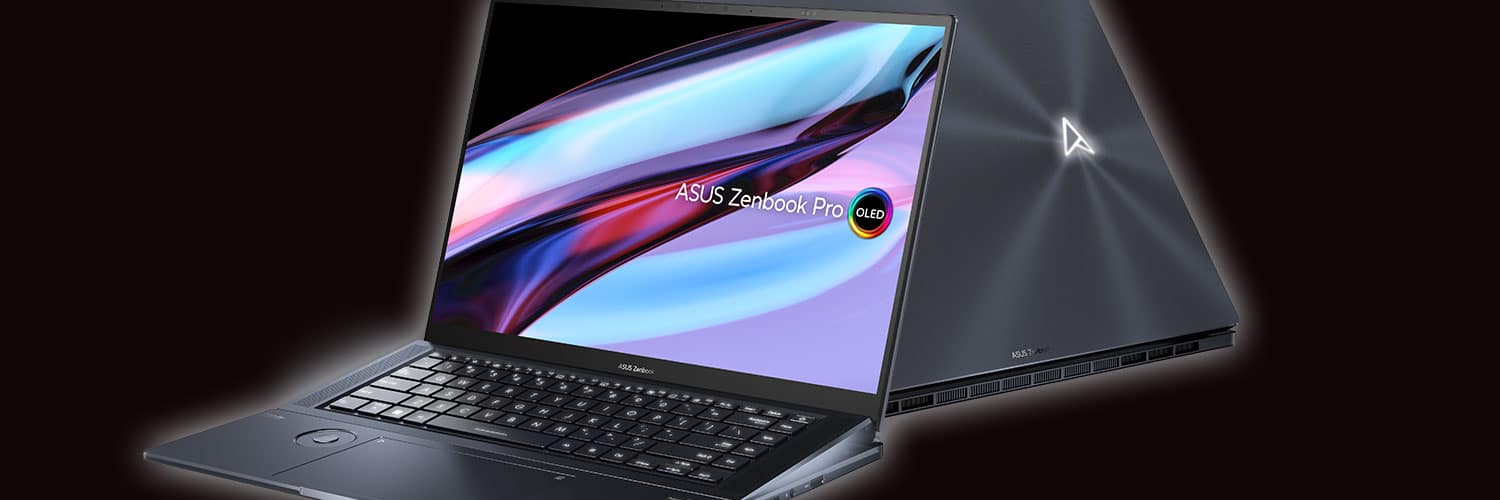
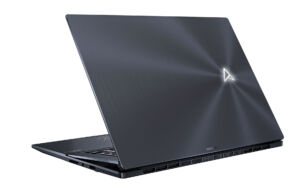
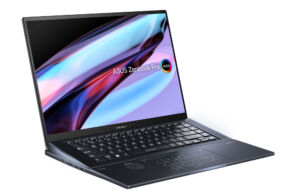
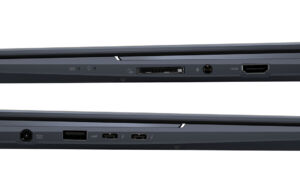
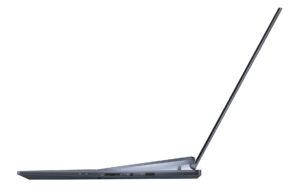
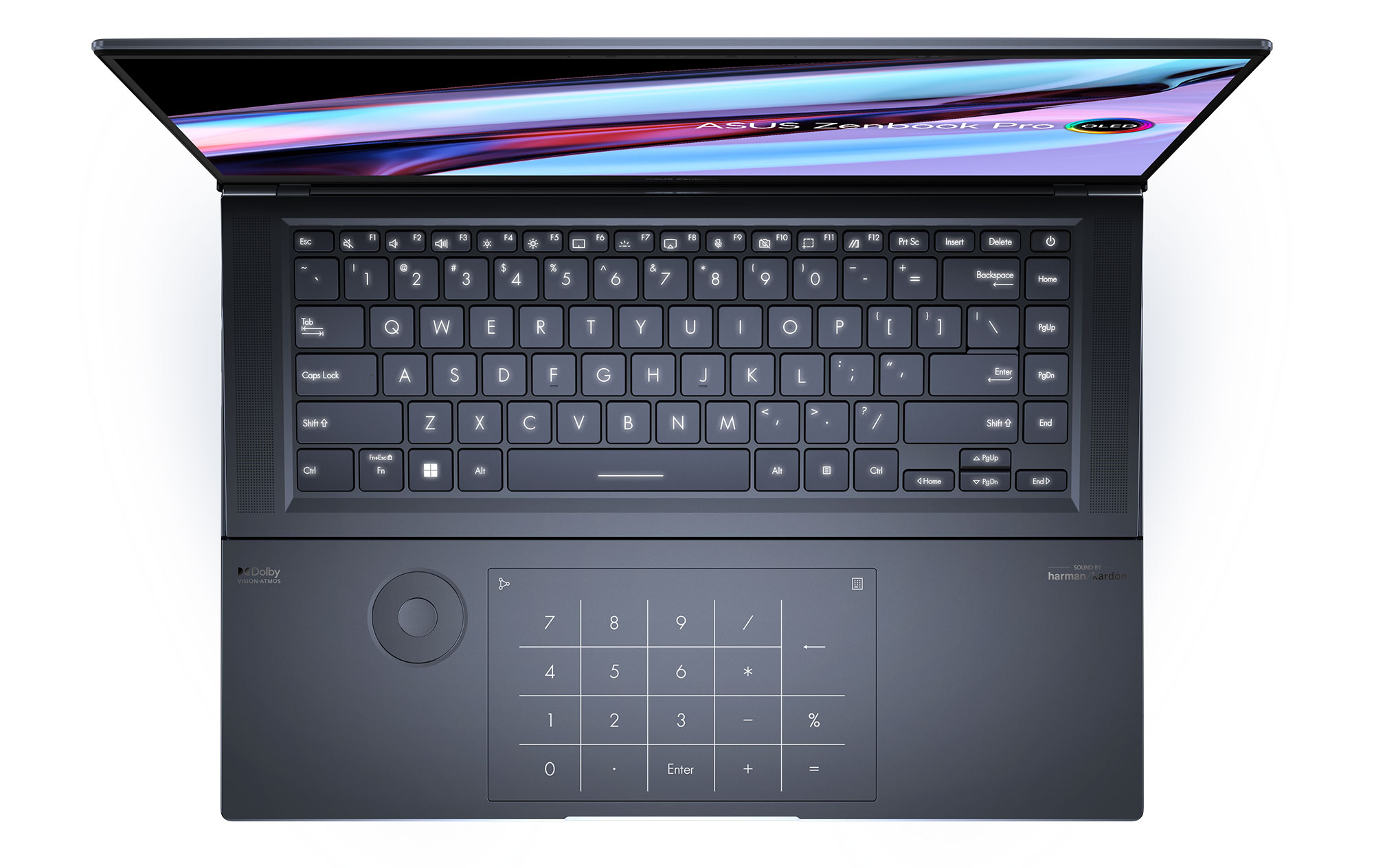

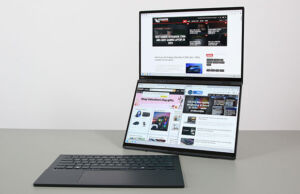
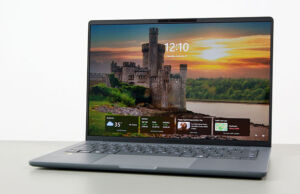
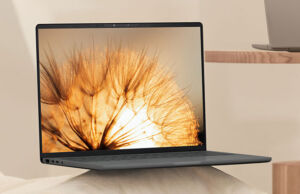
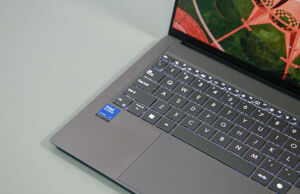






Nat
May 10, 2022 at 6:16 am
I'm very interested to see your review for the Zenbook 16x, but I'm even more interested in the Ryzen 6000 Vivobook 16x. Seems like they fixed almost all the small problems (e.g. webcam is 1080p,trackpad centered with main keyboard) and added the very enticing 120hz OLED. I'd also rather trade some of Intel' s performance for the longer battery life of Ryzen. Just hope the price stays well below Macbook Pro 16 territory.
Andrei Girbea
May 10, 2022 at 8:34 am
We'll have a review for that as well